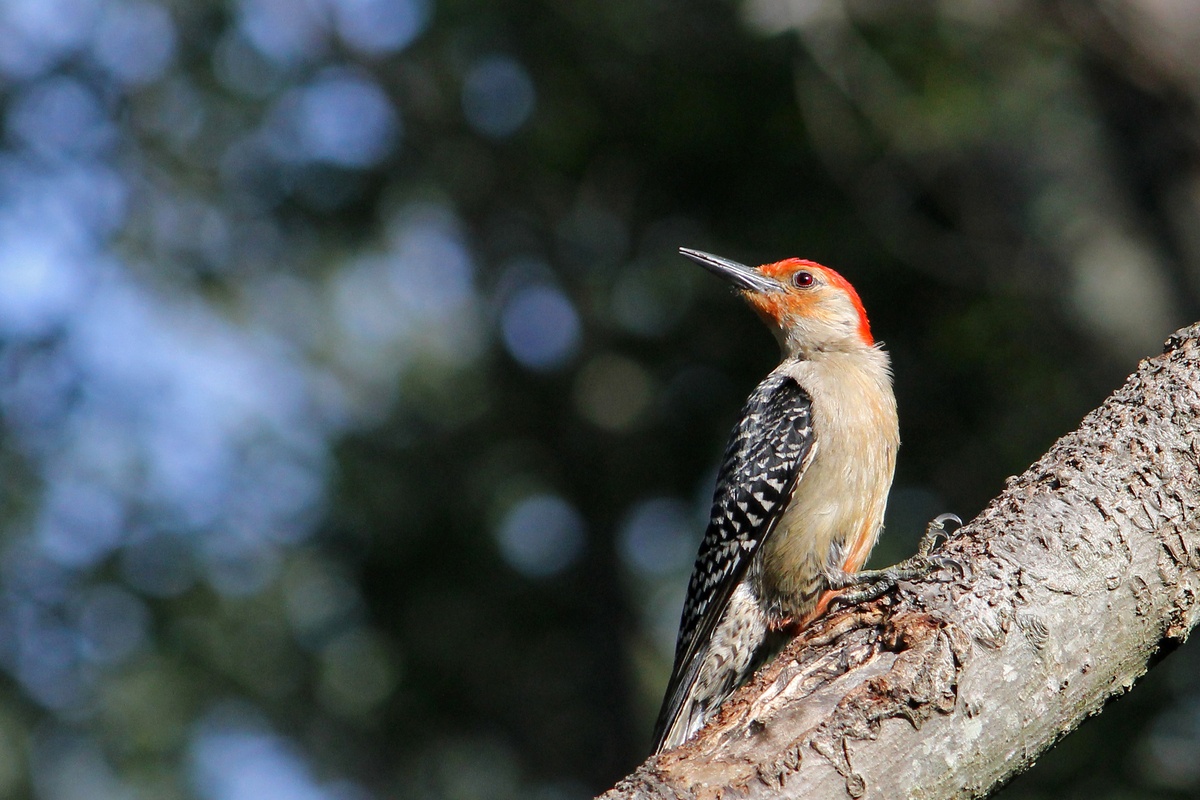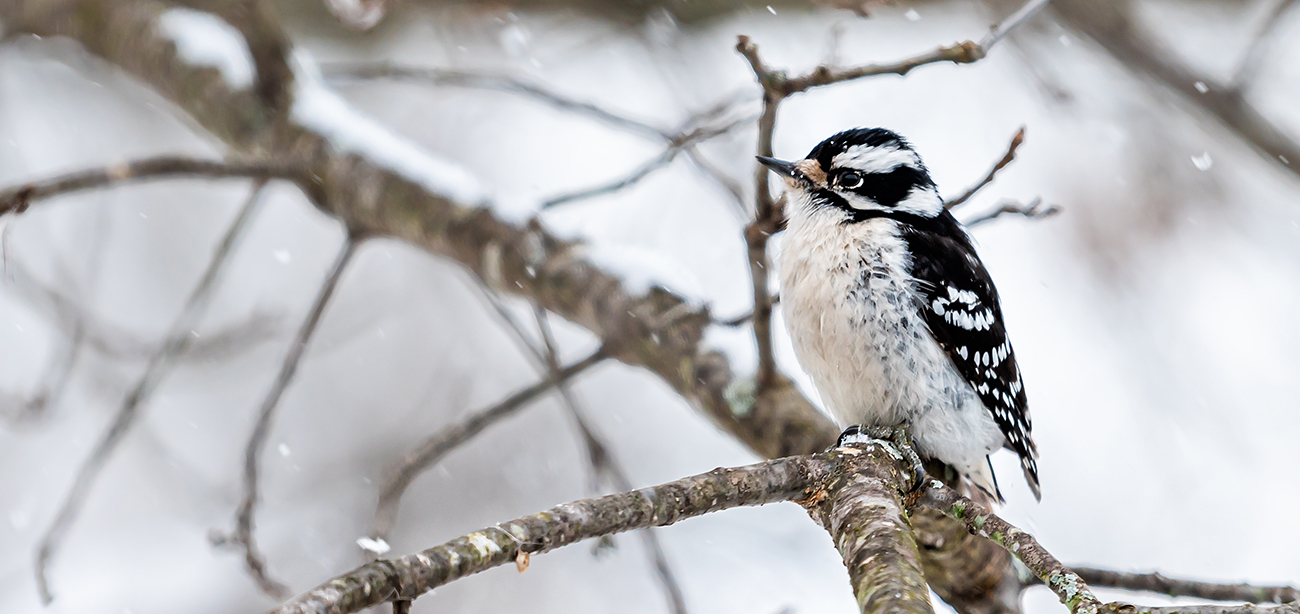Revealing the Secrets of Woodpeckers: Habits, Habitat, and A Lot More
Woodpeckers, with their one-of-a-kind behaviors and specialized adaptations, have long interested researchers and nature enthusiasts alike. By discovering the enigmas surrounding woodpeckers' actions and environment choices, a deeper understanding of these bird wonders emerges, supplying a glance into their remarkable globe.
Woodpecker Behavior Insights
In taking a look at woodpecker habits, a fascinating display of specialized abilities and adaptations emerges, losing light on their exceptional environmental specific niche. Woodpeckers, recognized for their distinctive drumming on trees, possess a selection of behavioral attributes that add to their survival and success in their environment.
Additionally, woodpeckers display an unique feeding actions identified by their capacity to essence bugs from tree bark using their specialized beaks. Their lengthy, barbed tongues aid in catching prey, while their solid neck muscle mass offer stability and precision during pecking motions. This feeding strategy allows woodpeckers to accessibility surprise insect larvae and extract them with remarkable performance.
Environment Preferences and Selection
What aspects influence the environment choices and option of woodpeckers? One vital factor influencing woodpecker habitat choice is the schedule of appropriate nesting websites. Woodpeckers normally favor woodlands with a mix of fully grown trees that provide enough opportunities for tooth cavity excavation.
In addition, woodpeckers reveal a choice for environments with a bountiful supply of food sources. They are mainly insectivorous, preying on beetles, ants, larvae, and various other pests found in worn out timber or tree bark. As a result, woodpeckers often tend to prefer wooded areas with a diverse insect populace to satisfy their nutritional requirements.
In addition, the visibility of dead or decaying trees is one more key consider woodpecker habitat selection. These trees not just supply food sources but additionally offer appropriate substrate for dental caries excavation. Dead trees are vital for the maintenance of healthy and balanced woodpecker populations, as they play a crucial role in the woodpeckers' life process and environment characteristics.
Feeding Routines and Diet Composition
Woodpeckers demonstrate a specialized feeding behavior concentrated on foraging for insects within numerous habitats. In enhancement to pests, woodpeckers also consume tree sap, fruits, nuts, and seeds, adding range to their diet plan depending on the period and schedule of food resources.
The foraging strategies of woodpeckers are well-adapted to their arboreal lifestyle. Woodpeckers play a crucial role in preserving the health and wellness of forests by controlling insect populations and helping in the disintegration of wood.
Drumming Sounds and Communication
Making use of rapid drumming noises on different surfaces, woodpeckers use an unique type of interaction to signify click over here now area boundaries and bring in companions. This drumming behavior is not just a means of interaction however also functions as a method for woodpeckers to develop their existence within a particular location. The intensity, rate, and pattern of the drumming can communicate important details to other woodpeckers around.
Woodpeckers utilize drumming audios to reveal their presence in an area and to warn off possible intruders. The loud and recurring nature of the drumming visit our website acts as a clear signal to various other woodpeckers that the area is currently claimed. This assists in reducing disputes and minimizing physical fights between individuals.

Survival Adaptations and Specialized Makeup

Final Thought
Finally, woodpeckers exhibit one-of-a-kind actions, such as drumming noises for communication, and have actually specialized composition for survival in their chosen habitats. Their feeding behaviors and diet plan composition better show their versatility to various settings. By comprehending these aspects of woodpeckers, scientists and guardians can better shield and protect these fascinating birds and their ecological communities.